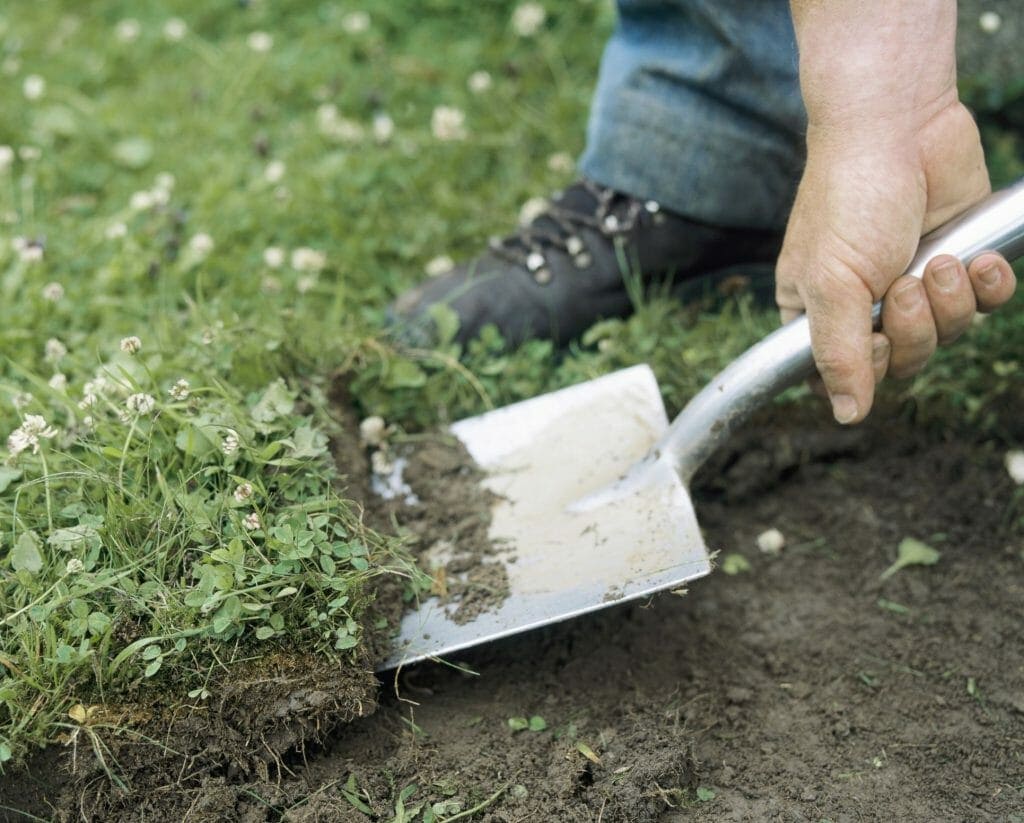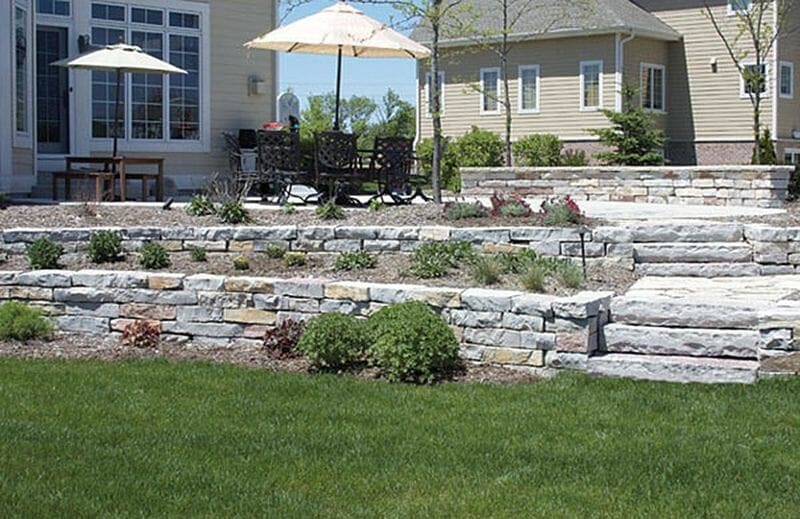Written by Amelia Allonsy and https://homeguides.sfgate.com/.
If you’re planning to put in a flower bed this spring, you need to make room for it by removing some of your existing turfs. It’s a shame to kill perfectly good grass. Luckily, there’s another option—dig up the sod and move it somewhere else on your property. This method produces quick, clean results and allows you to set up your garden bed immediately. Plus, it prevents your healthy lawn from going to waste. Here’s the best way to remove sod without damaging it so you can transplant it elsewhere.
How to Remove Sod for Replanting
A yard’s bare spot is much easier and faster to conceal with strips of sod than grass grown from seeds scattered on the bare spot. Fortunately, your lawn has completely free, fresh sod that matches the grass species you need to cover a bare patch. Use sod that you want to remove to start a flowerbed in a particular location, or take sod from a hidden corner of your lawn. Although a sod-cutting machine can be rented, a manually operated sod kicker is an inexpensive and simple-to-use alternative. A sod kicker looks like a plow with a crossbar for kicking and a flat bar that cuts under grassroots.
1. Water the grass well the night before you want to remove it. The soil will be soft, but not soaking wet when you remove sod from that location the next day.
2. Lay garden hoses or rope on the ground to mark the perimeter of the area where you wish to remove the sod. Sprinkle flour or spray chalk-based landscaping spray paint on the grass along with the hoses or rope. Remove the hoses or rope from the ground.
3. Line up a sod kicker at one corner of the marked area. Push down on the sod kicker’s handles to drive the tool’s horizontal cutting plate under the grass. The cutting plate sets about 2 to 3 inches lower than the rollers at the front of the sod kicker; while the sod kicker moves along the grass surface, the plate sweeps along under the grass, severing the grassroots.
4. Hold the sod kicker’s handles firmly in your hands, and place one foot on the tool’s horizontal crossbar, which is about 18 inches above the ground.
5. Pull back slightly on the handles, and push the sod kicker forward swiftly while kicking your foot on the crossbar. The basic goal is to apply as much force as possible to move the sod kicker forward as it cuts the sod. You may be able to kick the sod kicker two or three times with your foot before you need to step forward with your other foot.
6. Tilt the sod kicker on its side after 10 feet to make a sod strip that length. You can make longer sod strips, but a 10-foot length of sod is simple to manage and isn’t overly heavy. A sod kicker cuts sod into strips that are about 12 inches wide.
7. Roll the 10-foot long sod strip from end to end, just as you would roll a rug. Keep the roll straight so its ends don’t have parts that stick outward. Move the rolled sod strip to an area with deep shade, and keep it there until you’re ready to replant it.
8. Repeat the sod-cutting process along the entire first row of sod you wish to remove. Roll each sod strip as you proceed, and move each rolled sod strip to the area with deep shade. Spray the rolled sod strips with a gentle mist of water periodically to keep them from drying.
9. Reposition the sod kicker directly beside the place where you removed the first row of sod. Remove the second row of sod in the same way you removed the first row of sod. Repeat the process until you remove as much sod as you want to remove.
Original post here https://homeguides.sfgate.com/remove-sod-replanting-85218.html.



